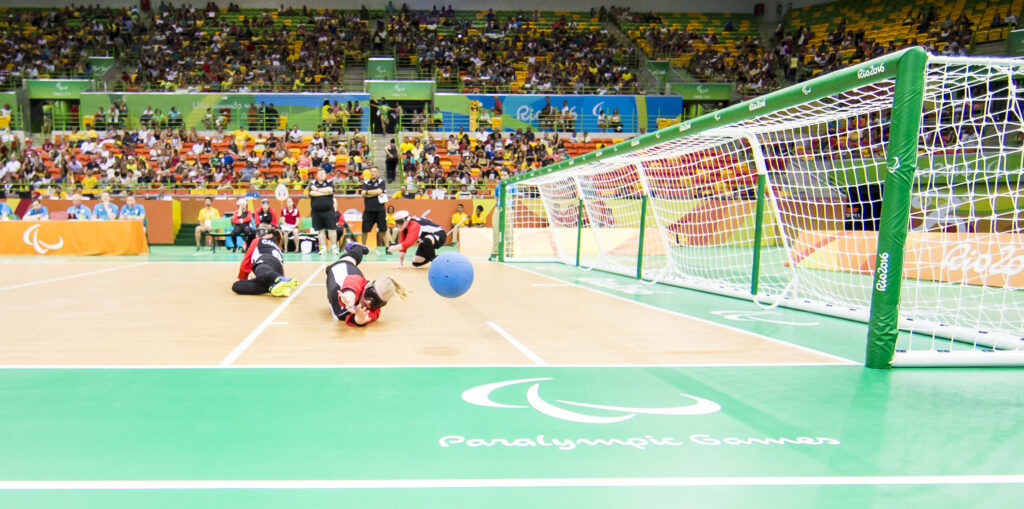Doing Para sport classification differently
The COVID-19 pandemic has limited access to athlete classification, a requirement for Para sport competition. To this end, researchers at Western University are working to develop and evaluate hybridized frameworks to deliver classification, including elements of virtual classification. The aim is to consider approaches that require few resources and create greater levels of accessibility to…
Injury prevention programs in soccer
The FIFA 11+ program was developed in 2011 based on medical research. It consists of a warm-up routine that combines exercises in strength, running, and balance to prevent injuries in soccer players. Despite its current success, research shows that higher program uptake can be achieved by raising injury prevention awareness and promoting protecting players’ overall…
Accountability loops
Delegating without an accountability loop leaves an organization’s board of directors at risk. To delegate safely and support role clarity, the board can do 4 things: (1) specify the results it wants and boundaries for actions and decision-making that must be respected in pursuing those results, (2) document what happens, (3) implement a systematic, rigorous…
Intersectional data collection for equity in sport
Relying on top line averages and rankings can perpetuate inequality in sport. But examining data through the lens of demographic factors can help organizations to take meaningful action toward equity in sport. MLSE LaunchPad’s 4 pillars of Transparency, Trust, Trying (it out) and Talking (it out) can help sport organizations improve their measurement and evaluation…
Enhancing sport and physical activity participation for Canadians with disabilities

Highlights When Jenny Davey first started working at the Canadian Paralympic Committee (CPC) in 2014, she had no idea how much a fledgling research partnership would shape the work she does in the Paralympic sport system 8 years later. “I never would have thought, ‘well, 8 years from now, I’m going to be able to…
Interval training for performance and well-being
High volumes of interval training can lead to increased injury risk and athlete burnout. An optimized interval training program is necessary for helping athletes safely reach their goals. Improvements in endurance performance can be seen in as few as 2 weeks of sprint interval training (SIT) or 4 weeks of high-intensity interval training (HIIT).
“That’s a Blue for you”: Referee experiences managing concussion injury risk in Canadian amateur rugby

People who are into sports like soccer and rugby are familiar with yellow and red cards. When an official presents a player with a yellow card, that’s a warning that they’ve committed an offence on the playing field. A red card means the player must leave the field immediately and can no longer take part…
Welcoming newcomers to Canadian sport
Research shows that new immigrants to Canada who participate in sport and physical activity increase their social networks, improve their health, and better integrate themselves into Canadian society. These findings highlight the importance of critically evaluating ‘Intro to Sport’ programs and their effectiveness in welcoming newcomers to Canadian sport.
Using stakeholder engagement as real-world data to inform organizational change

Over the past 6 months, we’ve seen ongoing news of alleged maltreatment of athletes who compete at national and international levels. These reports of maltreatment in artistic swimming, gymnastics, bobsleigh and skeleton, and most recently boxing have sparked increased discussion by both the sport sector and the public. These reports also led to action by the…
Making evaluation meaningful
“I think that sport has unique evaluation opportunities in that you can measure things like confidence. You might not spot that change in confidence unless you measure these skills at baseline and share that information with the kids.” In the SIRC blog, Chris Penrose, Director of Programs and Operations of Lay-Up Youth Basketball, discusses how…